Have you ever thought about building a workshop in your yard, or turning your spare storage room into a workshop? Those garden tools require power and charging, but sometimes move it in and out is a bit annoying, so that a workshop in yard maybe a good choice to make gardening easier.
Of course, to do so, you need to power the little room in some ways.
The most common thought is to use a generator, but it’s quiet noisy not only to your family, but also the neighbors, and you’ll always need to prepare enough fossil fuel, summer or winter.
The second thought is to pull a wire from your house grid to the little room, it should be the easiest way, what you need is just a quiet long cable, and a plug. But it also brings you some issues you need to care about, such as wire gauge, maintenance in rainy day, and the most important one, extra electricity bill.
Solar energy is another way to power your workshop, and solar panels for sheds are becoming increasingly popular. That's understandable when you consider how economical and eco-friendly they are. That said, they still provide an electrical supply – and that’s why you must make sure you do everything right. It’s important to stay safe during both installation and use. Perhaps you want to know whether it’s worth putting solar panels on your shed at all. Or maybe you just want to know how many watts you need for a solar-powered shed.
The pros and cons of solar panels on sheds
Before installing any kind of solar energy in your shed (or log cabin or summerhouse), you need to weigh up the pros and cons:

Pros
- Reduces operating costs
- Good return on investment
- Eco-friendly
- Gives you some control over your energy bills
- Backup energy in outages
- Less wire use and maintenance
Cons
- Expensive initial investment
- Your shed must strong enough to take the extra weight (solar panels)
- The panels need to face south, east or west (ideally south)
While it’s clear by now that you can power a shed with solar panels, the question of whether it’s worth doing so is a legitimate one. Here are some of the factors you need to consider:
- What you use your shed for
- How much power you need
- The size and age of the shed
- The strength of the roof
- The position of the building
- Your budget
Is it worth putting solar panels on shed?
If you spend lots of time in there and need electricity to power lights, appliances, gym shed, or garden office equipment, then solar panels could be a money-saving (and eco-friendly) alternative to mains power. Especially if you need solar panels for shed heating or summerhouse lighting (for example). Likewise, the amount of solar energy you need will depend on how you use the shed. The decision as to whether it’s worth putting solar panels on your shed will also depend on the strength and age of your garden building. For example, if you have an old shed with a weak roof, there’s no point in adding solar panels – unless, of course, you buy a new shed.
Understanding solar power for sheds

This energy from solar is DC (direct current) electricity that charges your batteries, and the charge controller between them is for protect the battery from overcharge or overdischarge. For a 12V system, this DC power from the solar panels and batteries is typically 12 volts, this DC power runs lights, appliances, and other 12V DC electronics.

As for those typical 110V/120V appliances, you can also take that 12V DC, pass it through an inverter, and convert it to 120V AC (alternating current) electricity to power 120V devices such as computer, workbench.
How many solar power do you need?
Again, the amount of electrical devices you use will determine the amount of power you need, which, in turn, will determine the size of the panels you require – and therefore how much it will cost. Here are some typical ratings for types of equipment you may need in your solar-powered shed:
Mobile phone charger: 5W
Halogen light: 100W
Desk lamp: 50W
Desktop computer (with 17” monitor): 400w
Commercial printer: 800w
Obviously, you may not need to use all the equipment listed above in your shed; these are just examples you might use in your man cave shed, live-in shed, or garden office. Armed with this information, you can then work out how powerful your solar power shed kit needs to be.

For example, if you want to use a laptop (50W), a mobile phone charger (5W) and a desk lamp (50W), you need 105W of total power – but wait! To ensure you have the best solar panel kit for your shed, we recommend using an inverter that provides both 20-50% more than the minimum total power you need. With this in mind, we would recommend a 200W system for this purpose. By ensuring you have more than enough power available to power all your equipment, you'll boost efficiency and help prevent faults occurring in the solar panels on your shed.
How much roof space do you need?
You should bear in mind that if you wish to live in your garden building, you’ll need adequate shed roof space for all the solar panels you’ll need. For example, let’s say you live in the garden building and you need 4kWh power per day – that means you’ll need 6 pieces of 200W panels and 8m² of space on your roof . This means that something like log cabin would be a more viable option (for providing enough power for a live-in shed) than a building designed as a storage shed.

Here one reference for you to check how many and what size of panels you need

Recommend Solar Panel Kits:
200W Complete Off Grid Solar Kit
400W Complete Off Grid Solar Kit
600W Complete Off Grid Solar Kit
How much does a complete solar kit for shed cost?
Solar panel kits for sheds will cost the same as those off-grid kits for a house. Fortunately, they aren't as costly as they once were.
According to UK local solar store quotes, the average cost of a 1 kW solar system being around £1,840 (price for 10 panels)
To setup a complete solar power system, except the solar panels, you also need other components. Solar charge controller, batteries, inverter, cables and mounting brackets.
Usually, if you want to DIY a solar power system for your shed, you’ll need to buy those individual units one by one, which may drive you annoyed when you browsing for a lot of pages.
But now, we’ve designed some complete kits for starters, so that you can choose one that suit for you, and buy them together, instead of put many pages in your cart.
For more information, just check Cabin Solar Systems

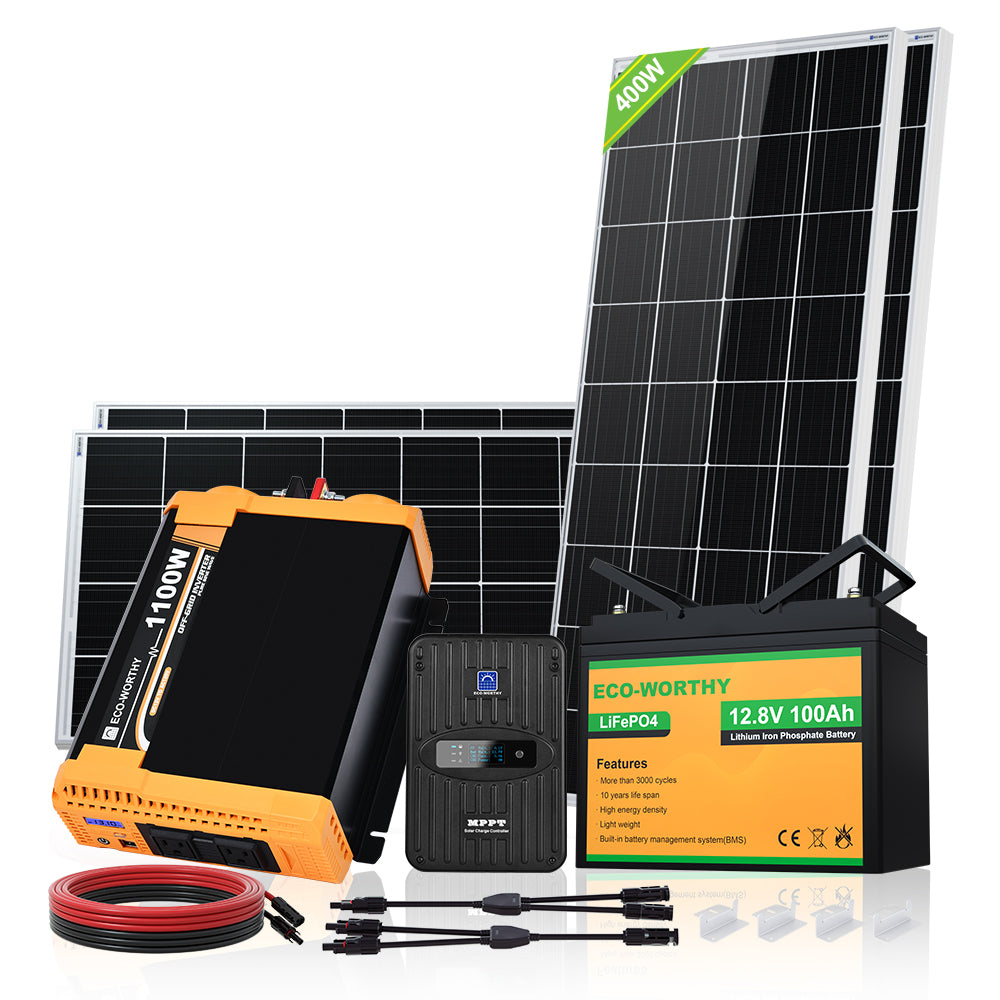
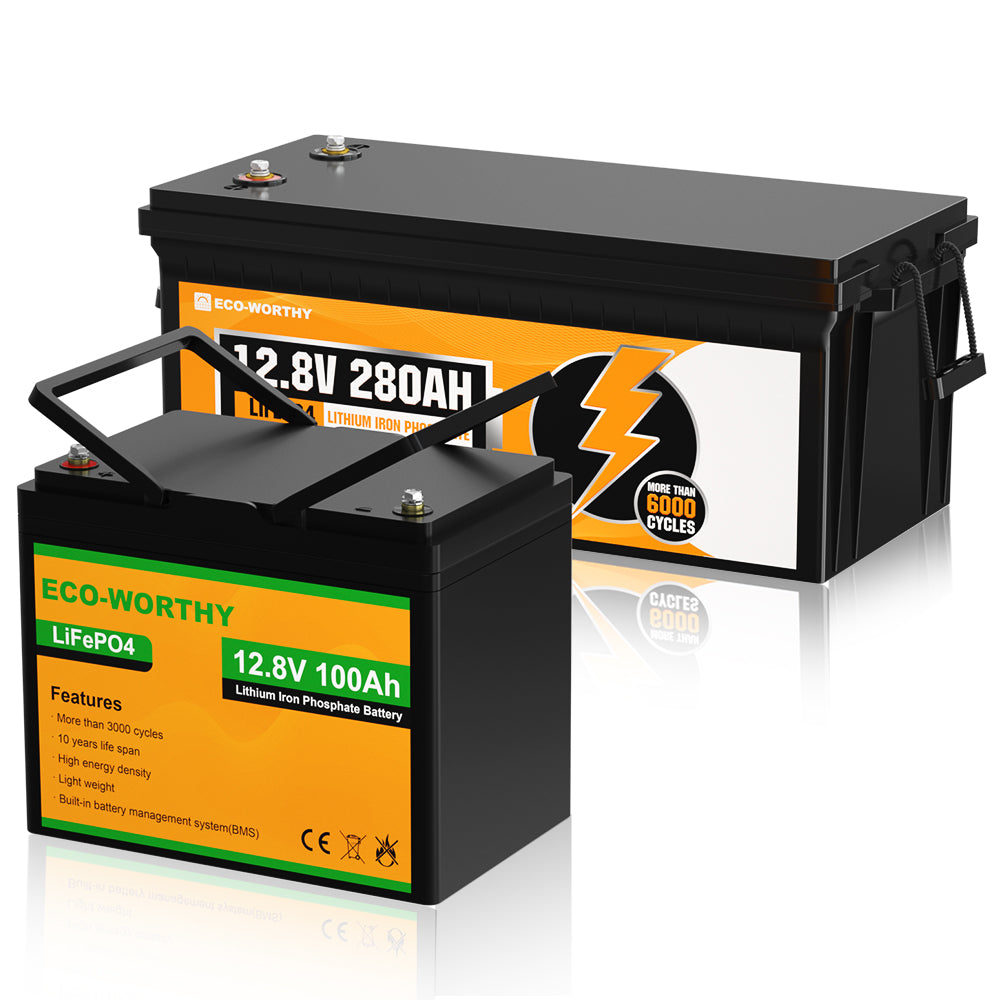
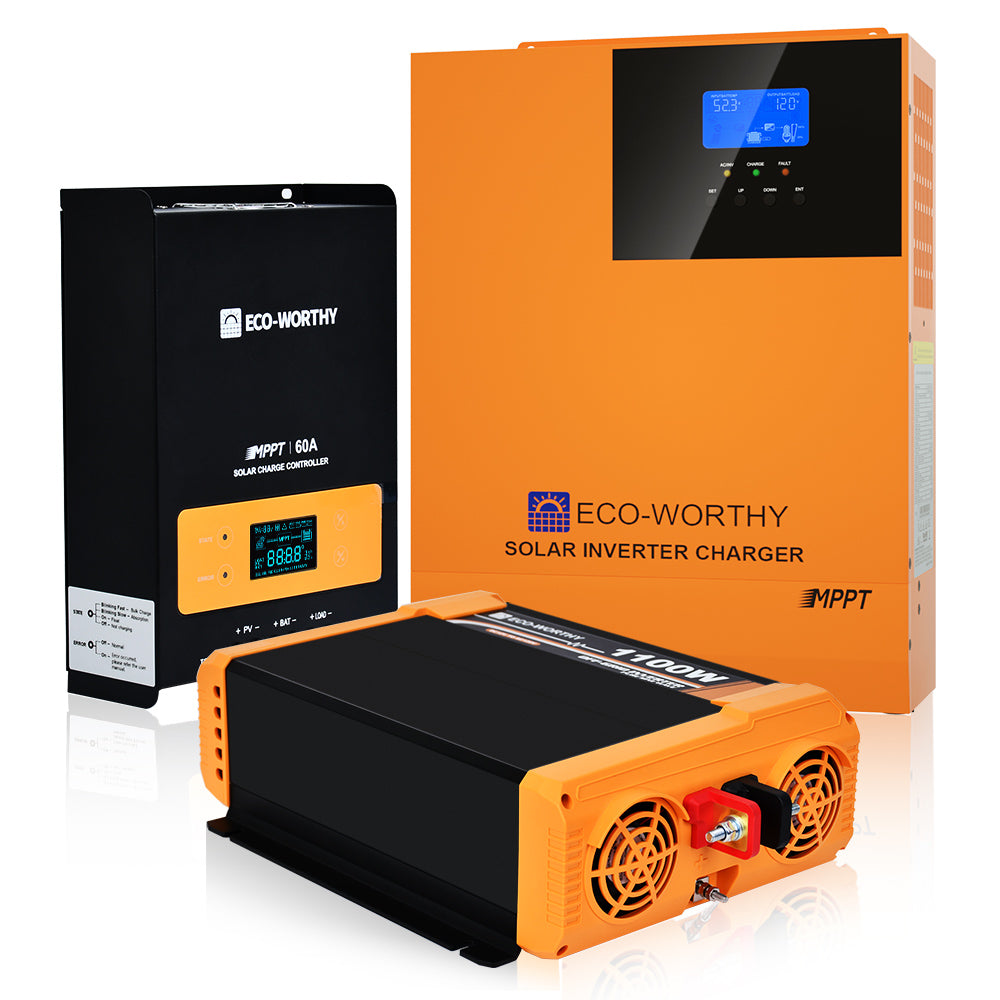
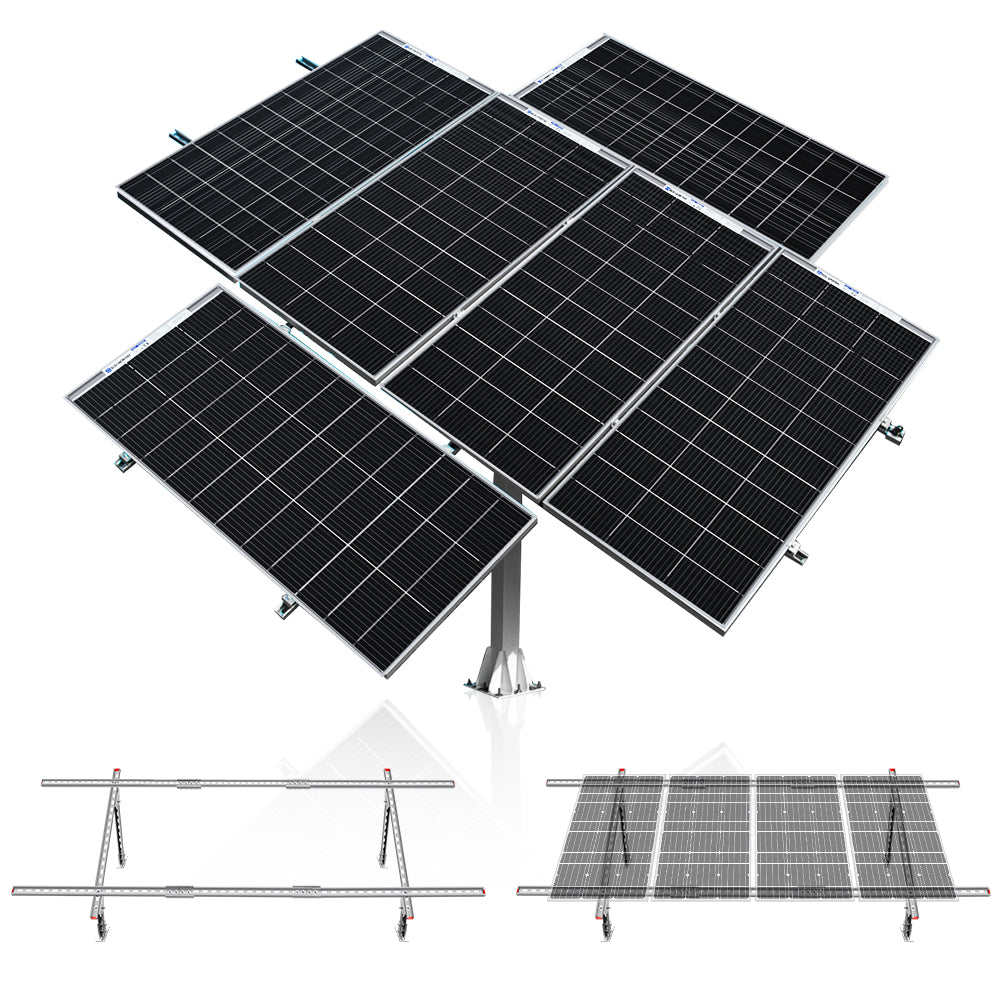
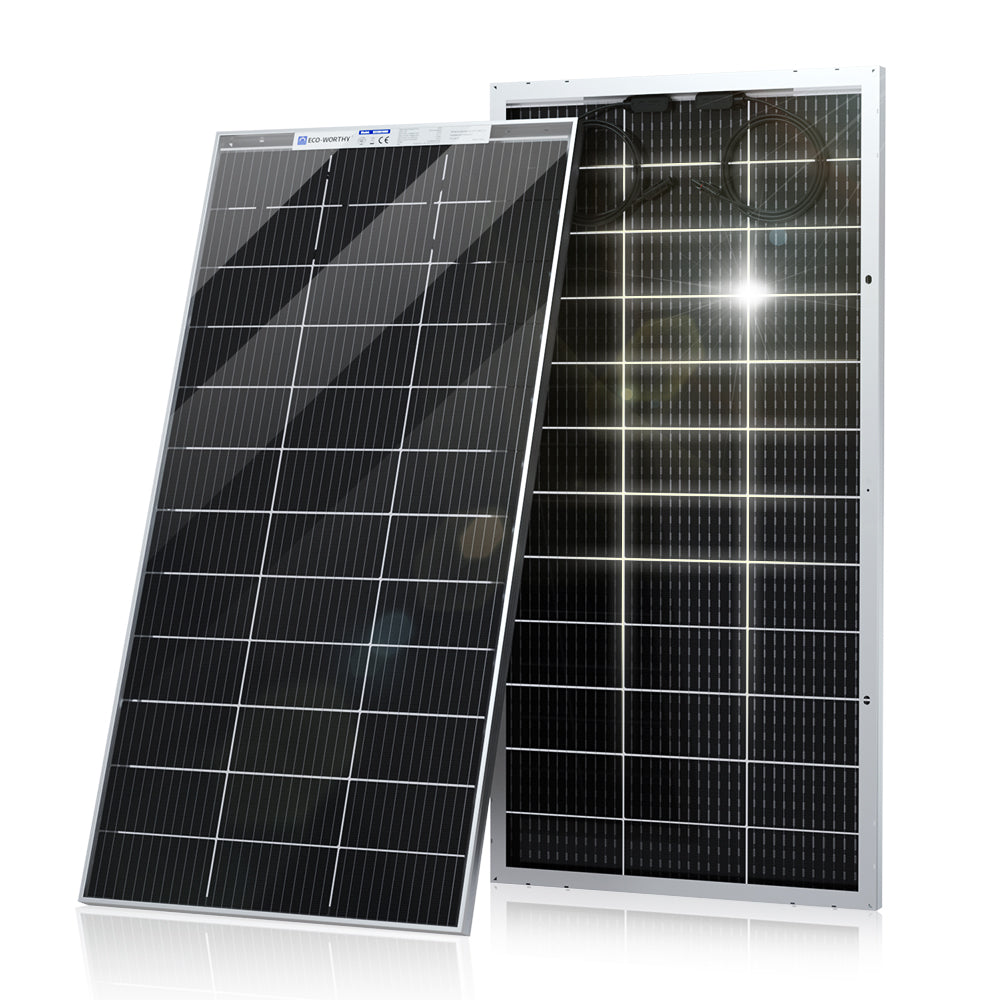
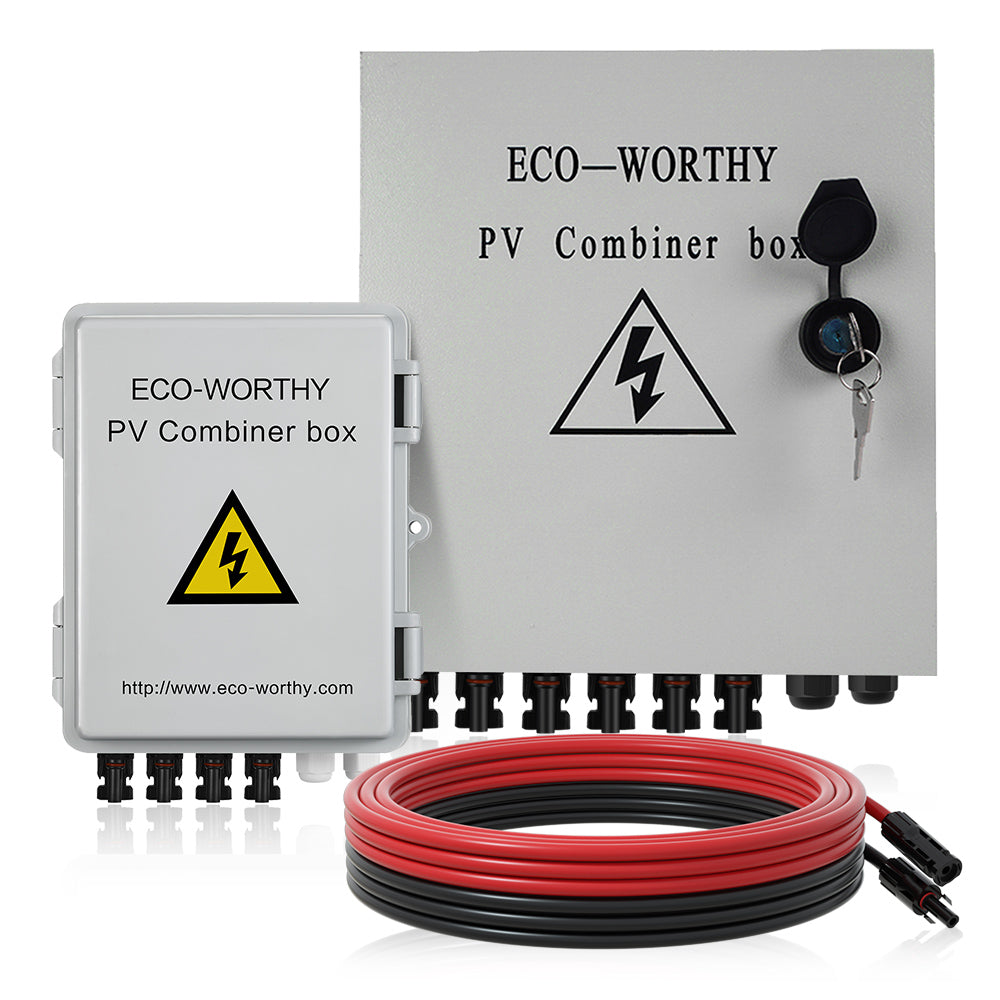
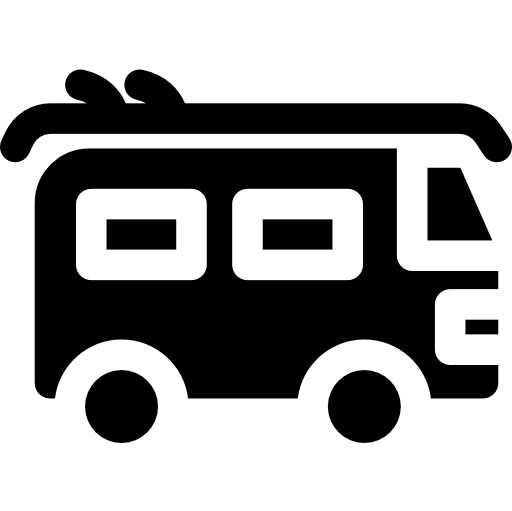








1 comment
I’m looking to power up my shed with solar, I’m a former generator mechanic so I think I can put it all together if I have all the correct materials. Can you please help me with a materials list? Thanks. Dennis.